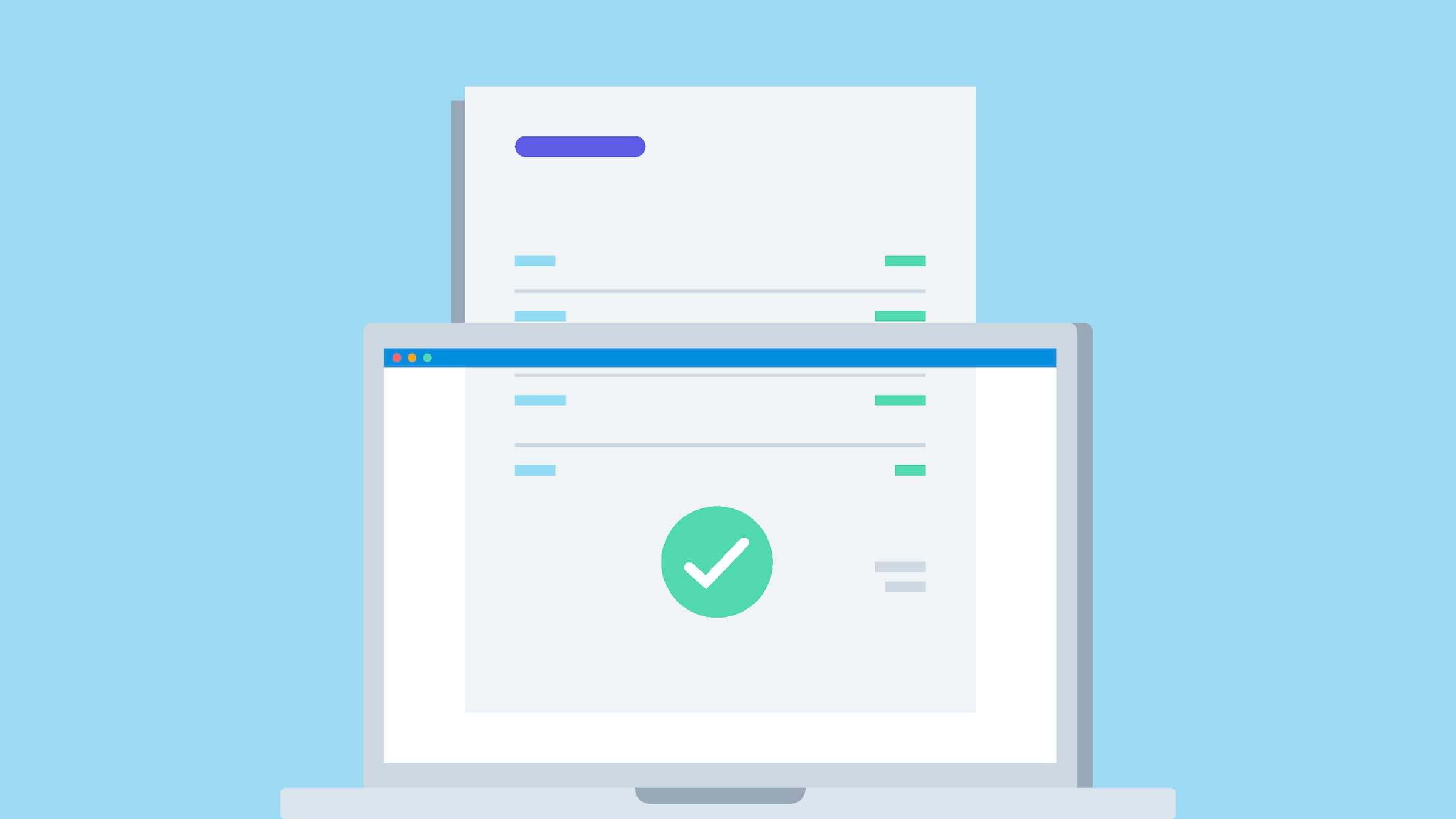GST returns and due dates
As a GST-registered business you’ll declare how much you’ve collected and paid. You do this by filing GST returns.

Published Tuesday 14 September 2021
Information you will need
You’ll need a record of how much GST you collected on sales, and how much was paid on purchases. You won’t need to submit tax invoices or taxable supply information when you lodge your GST return, but you will need to have them on hand. The IRD may ask to see them later.
Taxable supply information includes tax invoices, but it can also include information held in other forms, such as supplier agreements, contracts, and bank statements.
Four ways to file GST
You can choose to file your GST return:
- via your online accounting software
- through myIR, which is an online account you set up with the IRD
- by having an accountant or bookkeeper submit it for you
- by filling out a GST101A form
GST due dates
Your GST due date will depend on when you registered, and your filing frequency. You may be penalised if you miss your deadline.
GST payment
If your return says that you owe GST, you’re generally required to make that payment on the same day. You can pay via credit card, debit card, internet banking, or direct debit.
With direct debit, you authorise IRD to withdraw the GST you owe directly from your business bank account when it’s due. That way you don’t have to worry about missing a deadline.
Interest and fees may be charged on late payments. If you don’t have the money to pay your GST bill, get in touch with the IRD. They can help you out with a payment plan.
Getting a GST refund
If you paid more GST than you collected, the IRD will owe you a refund. It will be paid directly into your nominated bank account.
Disclaimer
Xero does not provide accounting, tax, business or legal advice. This guide has been provided for information purposes only. You should consult your own professional advisors for advice directly relating to your business or before taking action in relation to any of the content provided.
GST Guide For Business
Making a start with GST? Don’t worry. It’s a little extra admin, but this guide will help you get sorted.
- What is GST?
You’ve probably heard about GST – it stands for goods and services tax and is added onto prices in New Zealand.
- Registering for GST
Find out if your business needs to register for GST. If so, learn how to do it and find out what happens next.
- Calculating GST and issuing tax invoices
If you’re a GST-registered business you must add GST to your prices. You also need to issue GST invoices. Find out how.
- Claiming back GST
GST-registered businesses can claim back the GST they pay on business expenses. Let’s learn how.
- Working out your GST refund or payment
Working out GST is simple maths. Keeping track of all your transactions is the tricky part. Let’s learn the process.
- GST returns and due dates
As a GST-registered business you’ll declare how much you’ve collected and paid. You do this by filing GST returns.
- Tools and guides for your business
Now you know the ins and outs of GST, but it can be tough to keep on top of it all. Xero’s got the resources to help.
Download the GST Guide for Business
Get your GST sorted. Fill out the form to receive this guide as a PDF.
Now that you have your guide
Managing finances can feel overwhelming. With Xero’s powerful tools, small businesses can stay organised and confident.